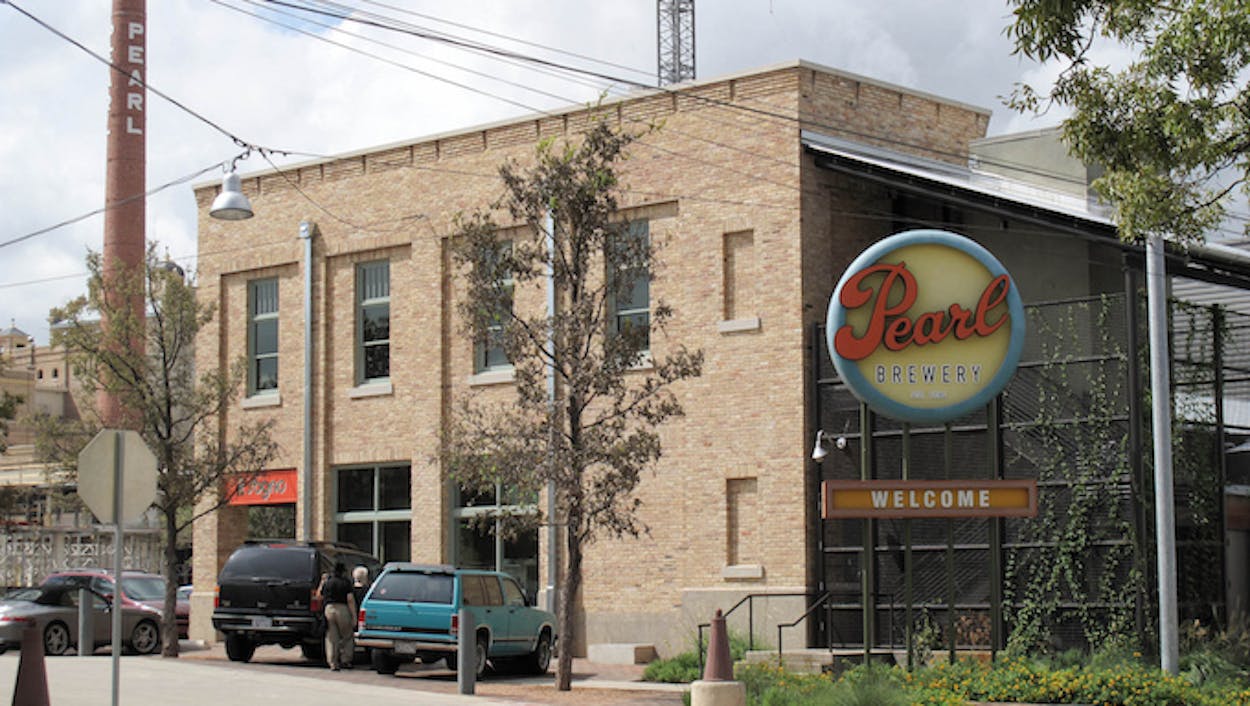
The conventional wisdom is that Austin is packed with young people, while San Antonio primarily attracts people who are older and looking for a more affordable place to raise families. And while some of the data bears this out (the median age in San Antonio is 34.1, while in Austin it’s 32.6), the engine driving the growth of two of the state’s (and the nation’s) boom cities offers a new wrinkle: Austin is actually the fastest-growing city among people fifty years and older, while San Antonio takes second place for cities attracting millennials (behind Colorado Springs).
In fact, the list of the most popular cities among millennials doesn’t feature the names Austin or Dallas on it at all. As real estate blog Trulia finds, the two Texas cities that place on the list of the “10 Surprisingly Hot Markets For Millennials” are San Antonio and Houston:
Top 10 Metros for Millennial Population Growth # U.S. Metro Change in 20-34 year-old population, 2012-2013 1 Colorado Springs, CO 3.2% 2 San Antonio, TX 3.0% 3 Peabody, MA 2.9% 4 Honolulu, HI 2.8% 5 Denver, CO 2.5% 6 Seattle, WA 2.5% 7 Cape Coral–Fort Myers, FL 2.5% 8 Houston, TX 2.4% 9 Oakland, CA 2.3% 10 Orlando, FL 2.3% Among 100 largest metros. Overall national population growth for 20-34 year-olds was 1.2%.
San Antonio, the post notes, is booming because of the opportunities for young people:
Job opportunities abound in this small city. Recently ranked No. 11 on Forbes’ Best Places for Business and Careers, San Antonio also took ninth place for job growth potential. There’s lots to see and do in this popular tourist city, including The Alamo, SeaWorld, and the recently restored River Walk, which features plenty of restaurants, bars, and shops.
While Houston, at number eight, attracts young people because:
Houston is a vibrant, multicultural city with a healthy local economy. In fact, it’s been named to several Forbes best-of lists, including “Best Places for Business and Careers,” “Best Cities for College Graduates,” and “Best Cities to Buy a Home.”
Those are true things about both cities, of course, but they’re also generally true about the bulk of Texas. There’s plenty to do in Austin and Dallas, and neither city is hurting for opportunities. But San Antonio is a lot more affordable than either of those cities, which helps explain why baby boomers and people who are closer to the end of their careers than the beginning are perhaps inclined to seek out Austin and Dallas (which rank number-one and number-three for people older than fifty, respectively) when they choose to settle somewhere new.
Of course, Austin and Dallas are both still young cities (while Houston, which places eighth among cities attracting millennials and sixth among cities attracting baby boomers, proving that everybody seems to love Houston, has the youngest median age in Texas at 32), while San Antonio’s average citizen tends to be slightly older. But the demographics of these cities are shifting in ways that defy the conventional wisdom, which means that the future of Austin and San Antonio might involve the reputations of each city swapping roles a bit. If the population that’s helping Austin boom is mostly older folks, while the people who are drawn to San Antonio in droves are younger, it suggests that the future of both cities is in flux—as, of course, is that of the rest of Texas.








